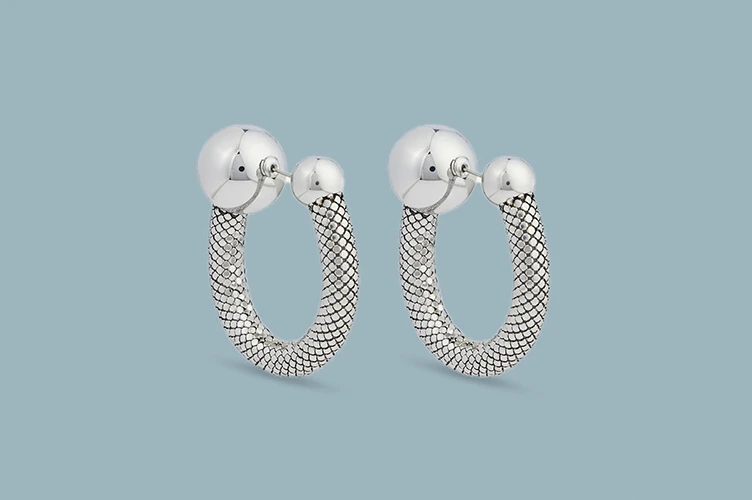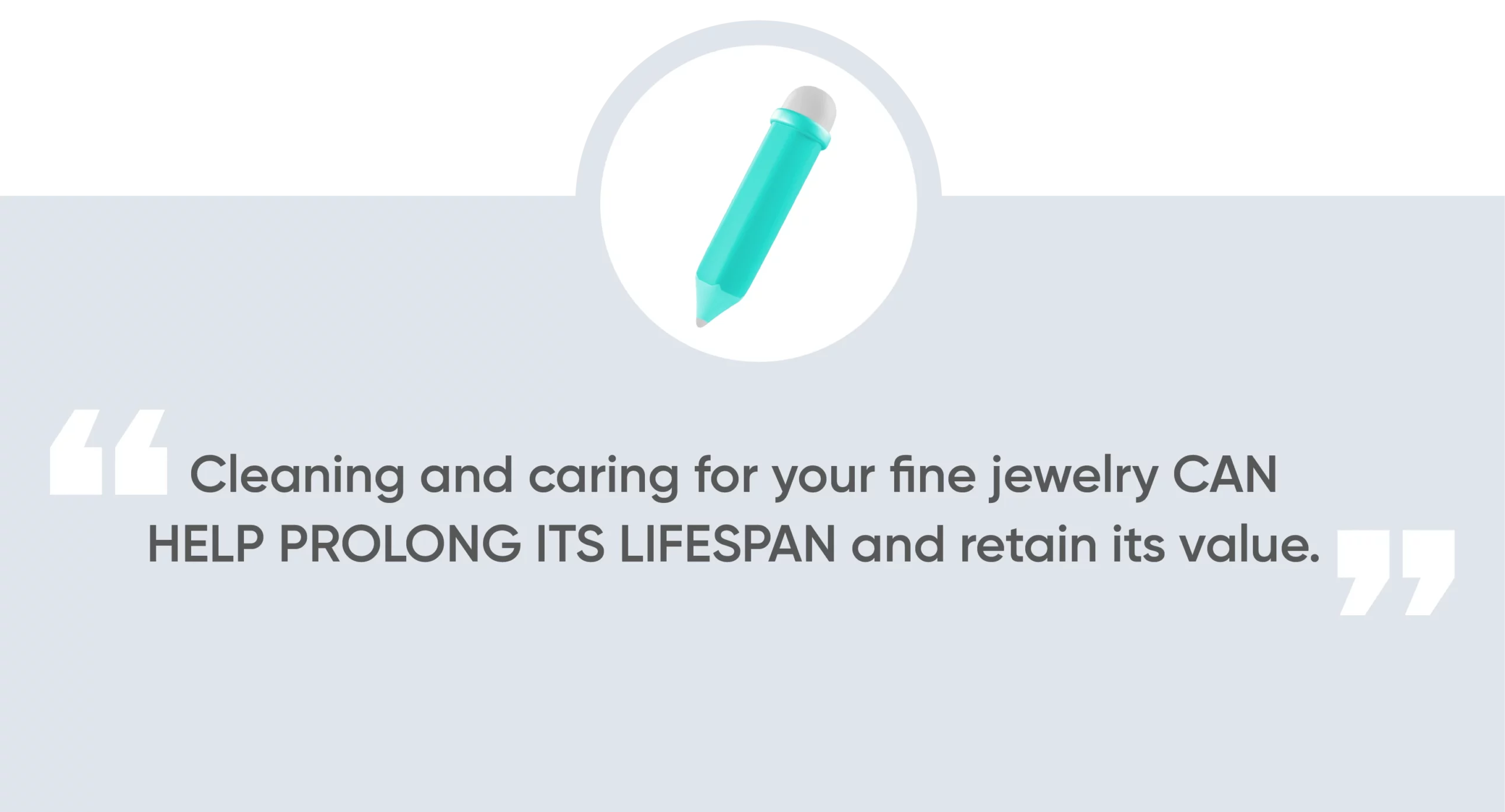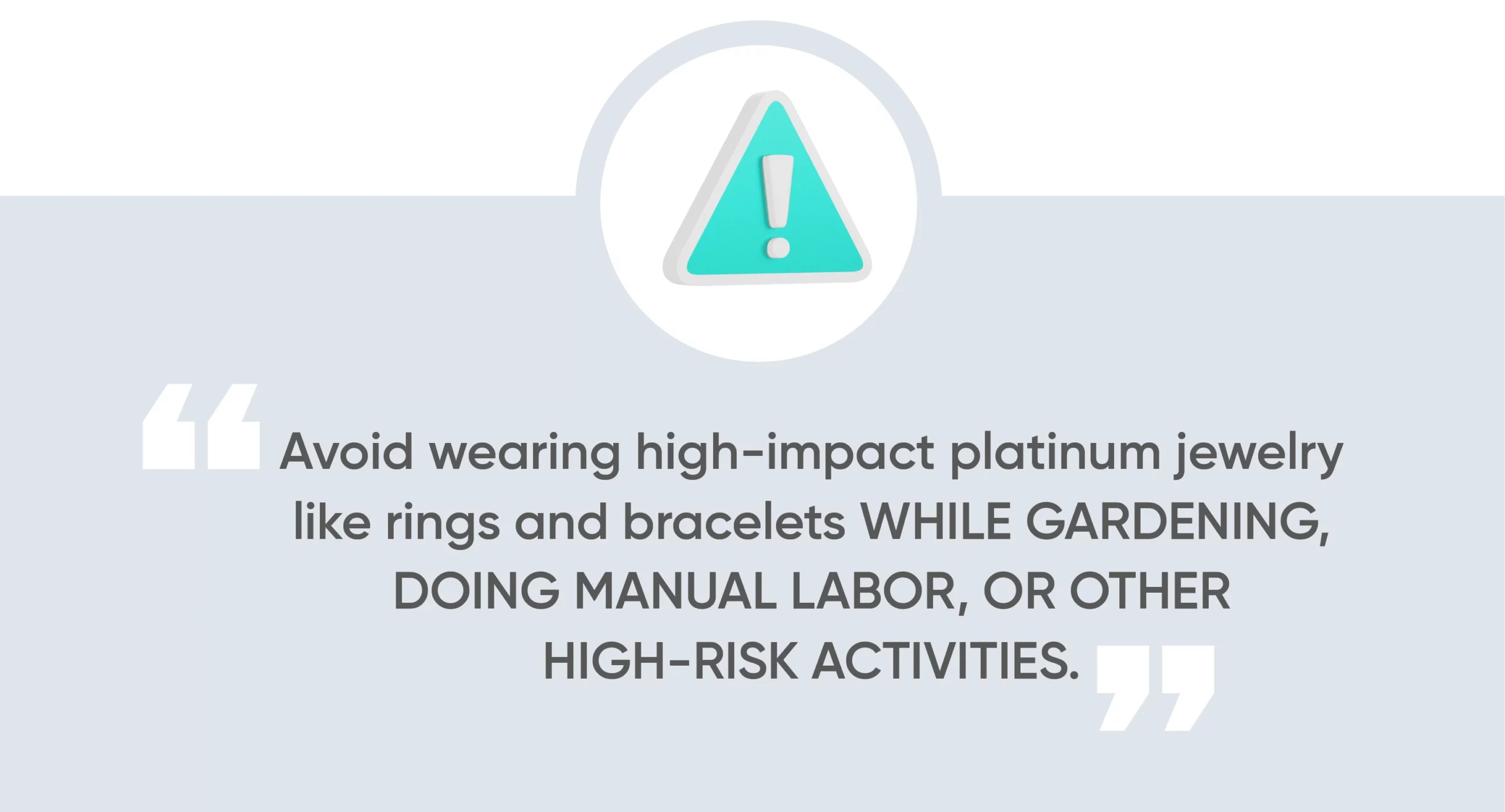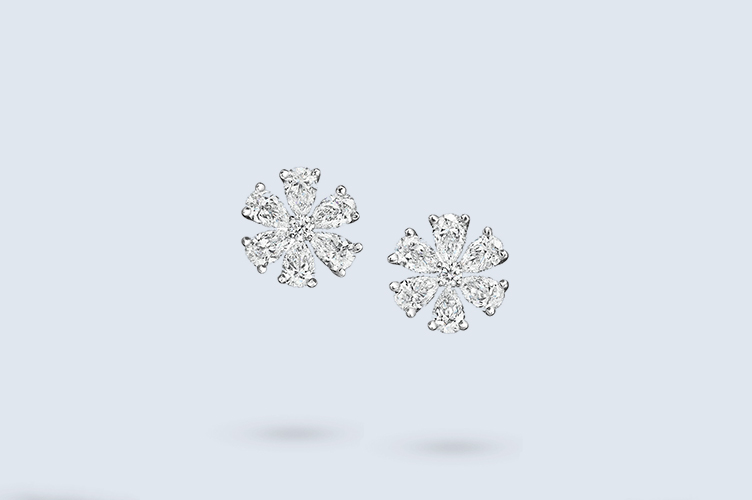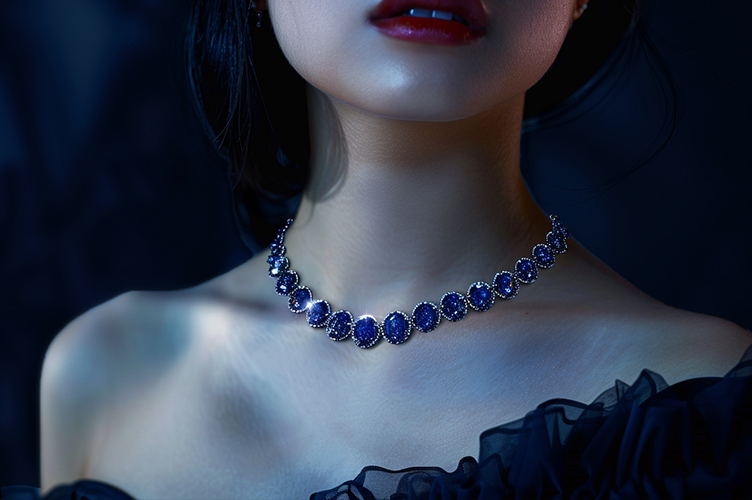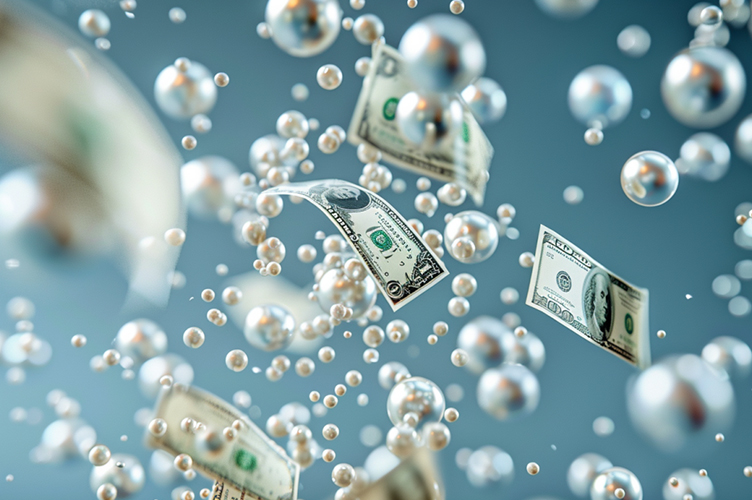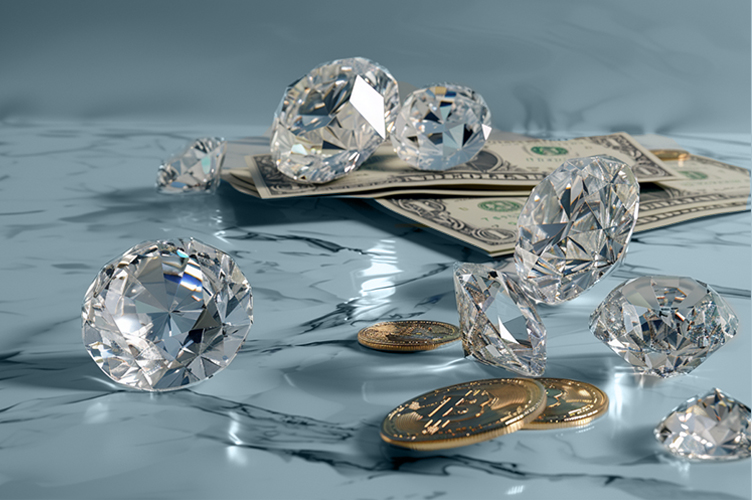Previously taking a backseat to gold, silver and platinum jewelry are making a comeback in the fashion industry, with sartorial influencers and designers splashing glittering pieces across runways and social media feeds.
Although indiscernible to the naked eye, platinum and silver have some significant differences that may impact which type of metal jewelry you buy. Learn the differences between platinum and silver and how to protect your jewelry collection against theft, loss, and damage with BriteCo.
What You Will Learn
Price and Value
Both platinum and silver are precious metals. However, each has a different perceived value and market demand that drives their prices.
Silver is a relatively
common metal, with around 24,000 metric tons produced in 2021. This availability makes silver the most affordable precious metal, trading at just $21.50 per troy ounce.
Global production of platinum in 2021 was just 180 metric tons. But due to its rarity and with demand for platinum at an all-time high, the metal is trading at around $982 per troy ounce.
Durability and Hardness
When buying fine jewelry, customers typically prefer pieces designed to last; fine jewelry can be a lucrative long-term investment or be passed down as family heirlooms. Jewelry designers have found the art of balancing durability and style, but silver jewelry will always present a problem due to its softness compared with other white metals.
Pure silver (.999) is too soft to create jewelry. Fine silver jewelry is made from sterling silver with a Mohs hardness of 3. Sterling silver is hallmarked as .925, indicating that the metal contains 92.5% pure silver and 7.5% copper. Copper is used to create a stronger alloy that resists scratches and damage without impacting silver’s characteristic luster.
Pure platinum rates a 4.5 on the Mohs Hardness Scale and has a high melting point, which means it doesn’t require alloying. It is often referred to as a noble metal for its non-reactivity. This also means it is tarnish- and corrosion-resistant for long-lasting wear.
Can Sterling Silver Get Wet? | BriteCo Jewelry Insurance
Care and Maintenance
Cleaning and caring for your fine jewelry can help prolong its lifespan and retain its value. While sending your jewelry to a qualified jeweler is the best option for yearly deep cleaning, there are a few simple tips you can try at home to maintain your silver and platinum jewelry.
Due to their varying chemical compositions and physical properties, silver and platinum have different maintenance needs. Silver and its alloys (copper or zinc) are prone to tarnishing, primarily when exposed to sulfur compounds. These substances cause the silver to oxidize, leading to a buildup of a black-green film.
You can remove tarnish from sterling silver jewelry using a paste made from baking soda and water or in a solution of baking soda and distilled white vinegar. However, the best method is to prevent tarnish by removing your silver jewelry when cooking, showering, or applying skincare products.
Platinum jewelry won’t corrode or tarnish, so it requires minimal maintenance, aside from regular cleaning with a diluted solution of mild detergent and water. However, platinum can still get scratched despite its higher hardness rating compared to silver. Avoid wearing high-impact platinum jewelry like rings and bracelets while gardening, doing manual labor, or other high-risk activities.
Get Platinum and Silver Jewelry Insurance With BriteCo™
While platinum may offer longer-lasting durability and better investment value, platinum and silver jewelry are chic, stylish additions to your accessory collection. To protect your collection, you need comprehensive jewelry insurance from BriteCo.
BriteCo offers 5-star rated worldwide insurance coverage through our Fine Jewelry Insurance policy. Our policy provides up to 125% of the appraisal price and includes coverage for repairs, replacements, and maintenance costs like retipping prongs, stone tightening, and clasp replacement.
Use our simple application tool to get a free quote for an affordable monthly or annual payment. Then, supply the required documentation and have dedicated jewelry insurance within minutes. Contact BriteCo to find out more.
Also Check:
Moissanite vs Diamond vs Lab: How to Choose?
Engagement Ring vs Wedding Band: What are the Differences?


